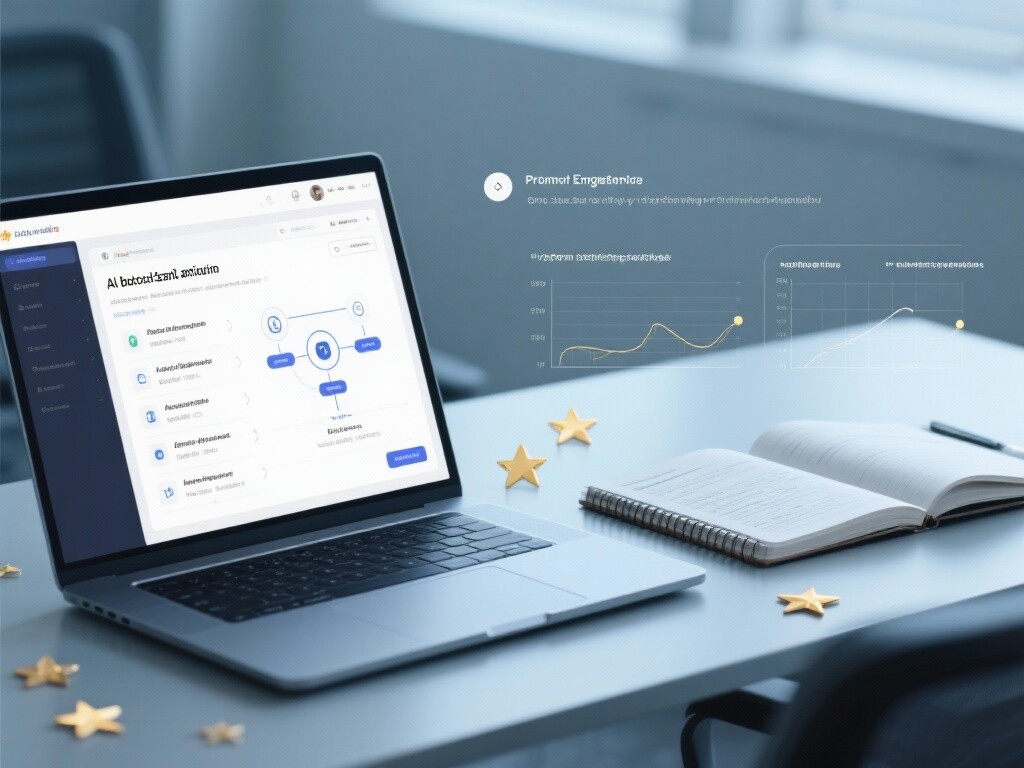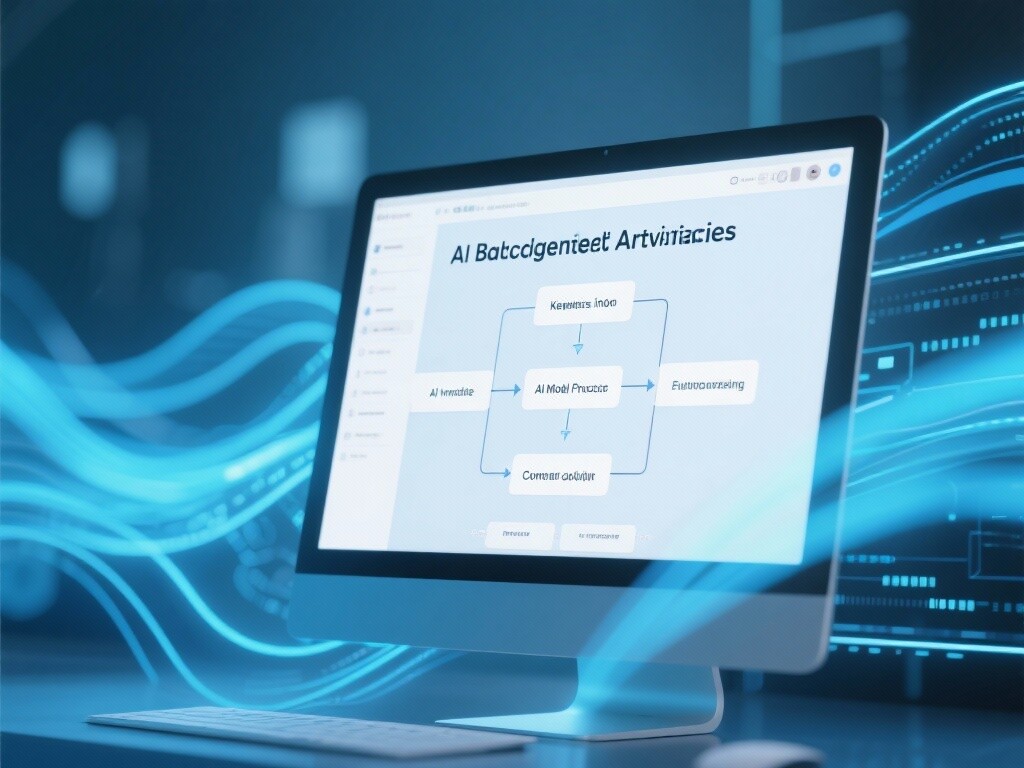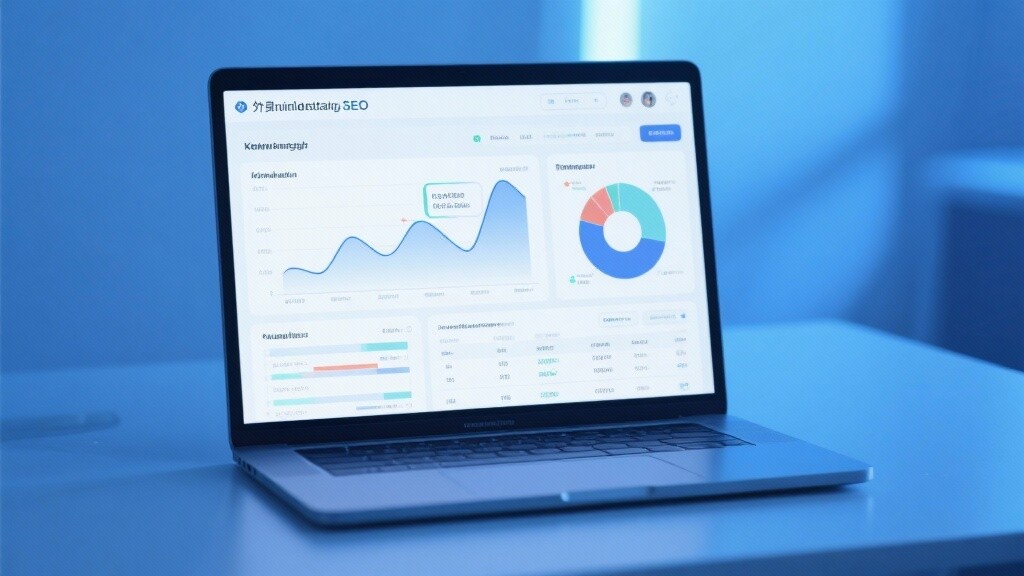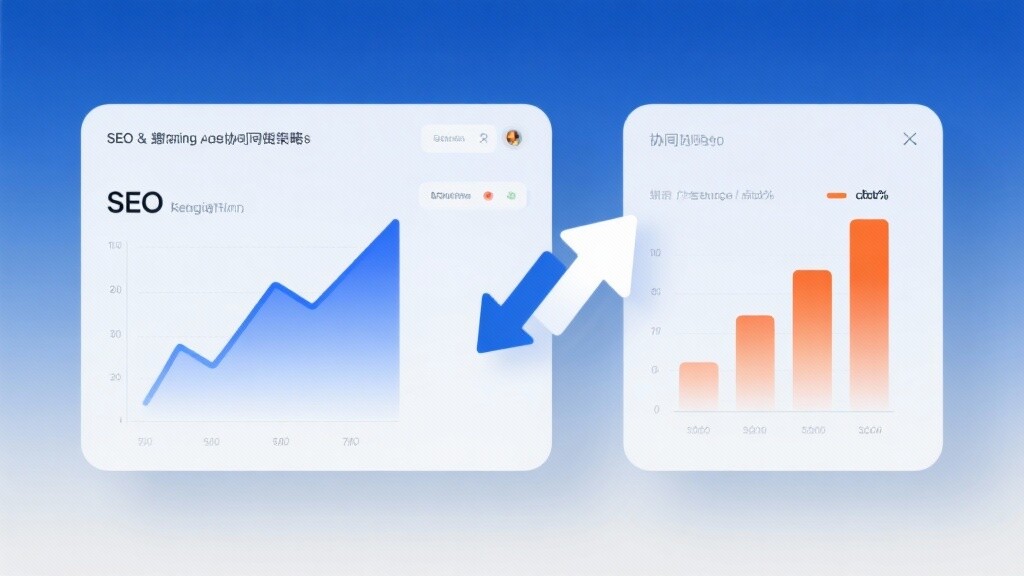1. The Authoritative Definition, Strategic Core, and Development History of AI Bulk Content Generation
1. The Authoritative Definition and Key Elements of AI Bulk Content Generation
AI Bulk Content Generation refers to the use of **Large Language Models (LLMs)** or specific Natural Language Generation (NLG) tools to rapidly and massively create web content (such as blog articles, product descriptions, FAQs, etc.) based on predefined **keyword lists or topic lists** through **automated workflows**. Core elements include: **High Throughput, templating, keyword coverage, and human post-processing (Human Editing)**.
2. The 3 Core Strategic Values of AI Bulk Content Generation
In foreign trade SEO competition, bulk generation offers the following core values:
- **Long-Tail Keyword Domination:** Quickly generate thousands of articles targeting long-tail and ultra-long-tail keywords with low competition, achieving **micro-level traffic aggregation**.
- **Dramatic Reduction in Content Production Costs:** Significantly reduce the time spent on content writing and initial creation, allowing human resources to focus on **E-E-A-T review and deep topic creation**.
- **Market and User Intent Testing:** Use bulk-generated content to quickly test market responses and real user needs for large volumes of topics, guiding subsequent premium content strategies with data.
3. The Development History and Evolution of AI Bulk Content Generation Technology
Early Stage (2010s): Content generation relied mainly on **thesaurus replacement and template filling**, resulting in extremely low-quality articles often penalized by Google as "Content Farms." Mid-Stage (2018s): Models like **GPT-2/3** emerged, significantly improving article readability but lacking depth and factual accuracy. Modern Era (2023s to Present): Technologies based on **GPT-4, Claude 3**, and other LLMs, through **advanced Prompt Engineering and RAG (Retrieval-Augmented Generation)**, have achieved leaps in **accuracy, professionalism, and structure**, shifting focus to **"large-scale personalization"**.
2. The 5 Core Technical Principles of AI Bulk Content Generation: LLMs, Prompts, and Quality Control
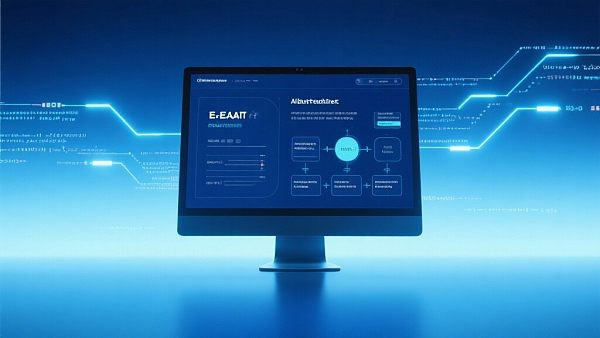
High-quality AI bulk generation is not simple replication but strict control over underlying AI models and content quality:
1. Semantic Understanding Principle of Large Language Models (LLMs)
Principle: LLMs learn from massive text data to form deep understanding of **vocabulary, grammar, and semantic associations**. Technical Application: During bulk generation, LLMs can not only fill keywords but also adjust article structure and wording based on **context and user intent**, ensuring high **readability and relevance**.
2. Systematic Prompt Engineering Principle
Principle: Prompt Engineering involves designing precise instructions to guide LLMs in producing articles with expected formats, styles, and content. Technical Application: The core technique for bulk generation is constructing **"Master Prompt + Variable Templates."** The Master Prompt defines the article's **structure (e.g., H1-H6, FAQ, CTA)** and tone (e.g., professional, B2B foreign trade style), while variable templates insert **keywords, target audiences, and specific product parameters**, ensuring **batch production and differentiation**.
3. Advanced Content Differentiation (Spinning) Principle
Principle: Simply copying and modifying articles will be flagged by Google as duplicate content. Modern differentiation focuses on **semantic-level rewriting**. Technical Application: Use Prompts to require AI to rephrase the same topic from **different angles, audiences, and case studies**, generating content with **completely different structures and wording but consistent core information**, effectively avoiding low-quality duplicate content risks.
4. E-E-A-T Injection and RAG (Retrieval-Augmented Generation) Principle
Principle: AI-generated content lacks real experience and credibility. RAG allows AI to **reference internal proprietary data** (e.g., real client cases, internal test data, patent information) when generating articles. Technical Application: Through RAG, inject **real data, expert quotes, and practical experience**, enabling bulk articles to exhibit **unique E-E-A-T characteristics**, meeting Google's quality standards.
5. AI Content Detection and Avoidance Principle
Principle: Search engines like Google use AI detection models to identify "non-human-written" or "low-quality" content. Technical Application: High-quality bulk generation requires **"human refinement and fact verification."** Generated articles must undergo **fact-checking, brand tone adjustments**, and **structured data injection** to ensure high value and avoid being flagged as spam.
3. The 4 Core Technical Features and Applications of AI Bulk Content Generation
1. Technical Feature: The Efficiency-Quality Trade-off
Feature: The biggest challenge in AI bulk generation is balancing **Efficiency (E) and Quality (Q)**. Application: For **high-competition core keywords**, stick to **human-crafted premium content**; for **low-competition, high-volume long-tail keywords**, adopt **AI bulk generation + rapid human review**, a strategic resource allocation.
2. Practical Application: Multilingual Bulk Content Generation for Foreign Trade B2B
Application: AI bulk generation has disruptive advantages in **multilingual SEO**. The technique is: first build high-quality **English** content structures and Prompts, then use LLMs' powerful translation and localization capabilities to generate **German, Spanish, Japanese**, and other high-value market articles, quickly capturing global market share.
3. Practical Application: Bulk Product/Service Page Descriptions
Application: Foreign trade independent sites often have hundreds to thousands of SKUs. AI bulk generation can quickly produce **highly differentiated and SEO-optimized** product descriptions, advantage comparisons, and usage scenarios based on **product parameter tables**, solving traditional issues of high page duplication and significantly boosting long-tail rankings.
4. Practical Application: Large-Scale FAQ and Q&A Content Generation
Application: Use AI bulk generation to create **FAQ lists** targeting industry pain points and customer concerns, embedding them into product or content pages. With **structured data (FAQ Schema)**, sites can gain **Rich Snippets** in search results, improving click-through rates (CTR).
4. Comparative Analysis and Industry Scenarios of AI Bulk Content Generation vs. Traditional Creation
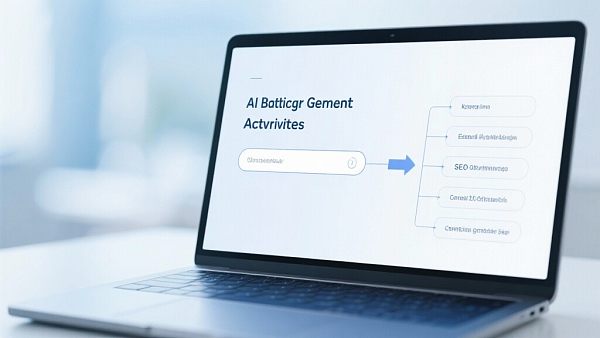
1. AI Bulk Generation vs. Traditional Human Creation: Comparative Analysis
2. Typical Foreign Trade Industry Scenarios for AI Bulk Content Generation
Different foreign trade industries have varying needs for AI bulk generation:
- **B2C Vertical E-Commerce (High SKU Volume):** Used to quickly generate **product variant descriptions, color/model-differentiated copy, and large-scale FAQs**.
- **B2B Parts/Raw Materials:** Used to generate **different application scenarios, technical parameter comparisons, and substitution solutions** for long-tail content, capturing high-intent engineers and procurement officers.
- **Foreign Trade Agents/Service Providers:** Used to generate large volumes of **localized, regional industry news and policy interpretations**, proving their broad coverage and timeliness.
3. Safety and Certification Standards for AI Bulk-Generated Content
AI content generation must adhere to industry regulations:
- **Google Quality Guidelines:** Strictly follow Google's policies against **"non-useful, low-value" content**, ensuring AI-generated content undergoes **human value addition (Add Value)** before publication.
- **E-E-A-T Compliance:** Any YMYL field (e.g., medical, legal, high-ticket B2B) content must **clearly attribute human experts** and inject verifiable experience and facts.
- **Transparency:** For large-scale, low-depth content, maintain a certain level of **transparency** on the site and continuously monitor **manual or algorithmic penalties** in Google Search Console.
5. Launch the AI Content Revolution Now, Using Efficiency and Quality to Dominate Long-Tail Markets!
Is your content team overwhelmed by massive long-tail keywords? Are you concerned that AI-generated content is too low-quality and harms your brand? Our expert team specializes in **advanced Prompt Engineering, RAG database integration, and AI content E-E-A-T review workflows**. We help you build an **efficient, safe, Google algorithm-compliant** AI bulk content generation system, achieving 10x content output growth while ensuring every article has conversion potential. Book a **free "AI Bulk Content Generation Strategy Consultation"** now to receive a professional long-tail keyword coverage and quality control roadmap!
Click to Get Free AI Strategy Consultation6. Frequently Asked Questions (FAQ)
1. Will AI Bulk-Generated Articles Be Penalized by Google?
Answer: **Pure, low-quality, unedited AI content is highly likely to be penalized.** Google penalizes not AI itself but content lacking value, existing solely for ranking. As long as bulk-generated content undergoes **human E-E-A-T injection, fact-checking, and deep optimization**, providing real value to users, it won't be flagged as spam.
2. What Is Prompt Engineering, and How Does It Improve Bulk Content Quality?
Answer: Prompt Engineering involves designing precise instructions to guide AI in producing target content. Key techniques to improve bulk quality include: **1) Role Setting:** Have AI play the role of a "seasoned foreign trade expert." **2) Structure Definition:** Clearly require articles to include H1-H6 tags, tables, and CTAs. **3) Citation Requirements:** Guide AI to reference real company data or case studies.
3. How Can AI Bulk Generation Solve Multilingual SEO Issues?
Answer: First, use AI to generate **high-quality source language (e.g., English) content**, then perform **semantic-level translation and localization** with AI, not simple machine translation. Prompts should require AI to adjust for the target country's **culture, user habits, and local keywords**, ensuring content is highly relevant in local markets.
4. Can AI Bulk Generation Replace Human Content Creators?
Answer: AI can replace **most content drafts and low-depth content creation** but cannot replace **human experience, creativity, professional judgment, and fact verification**. Future content teams will follow an **"AI-Assisted Human"** model: AI handles scale and speed, while humans handle depth, authority, and final E-E-A-T injection.
7. Customer Testimonials
Manager Li, European Cross-Border B2C E-Commerce
"Our massive SKU count led to high product description duplication. Through the team's **Prompt Engineering and bulk differentiation strategies**, we successfully generated **highly unique, SEO-potent descriptions** for 800+ products in 2 weeks. What used to take 3 months of manual work is now standardized, with **long-tail traffic entries surging 120%.**"
CEO Zhou, North American Industrial-Grade SaaS Platform
"We were concerned about AI content lacking professionalism. By integrating **RAG technology**, having AI reference our **real technical whitepapers and patent data**, bulk-generated articles exhibited strong expertise. We achieved **8x content output efficiency** without compromising E-E-A-T, effectively building authority against competitors."
FAQ
1. Will Google penalize articles generated in bulk by AI?
Answer: **Pure, low-quality, unedited AI content is highly susceptible to penalties.** Google doesn't penalize the AI itself, but rather content that lacks value and exists solely for ranking purposes. Mass-generated content that undergoes **human injection of EEAT, fact-checking, and deep optimization** to provide genuine value to users will not be considered spam.
2. What is Prompt Engineering, and how can it improve the quality of batch-generated content?
Answer: Prompt Engineering refers to designing precise instructions to guide AI in producing target content. The key to improving batch quality lies in: **1) Role Setting:** Having the AI act as a "senior foreign trade expert." **2) Structure Definition:** Clearly requiring articles to include H1-H6 tags, tables, and CTAs. **3) Citation Requirements:** Guiding the AI to cite real company data or case studies.
3. How can AI-powered batch generation be used to solve multilingual SEO problems?
Answer: First, use AI to generate **high-quality source language (e.g., English) content**, then utilize AI for **semantic-level translation and localization**, rather than simple machine translation. The prompt should require AI to adjust for the **culture, user habits, and local keywords** of the target country to ensure the content is highly relevant to the local market.
4. Can AI-generated content replace human content creators?
Answer: AI can replace **most of the creation of initial drafts and low-depth content**, but it cannot replace **human experience, creativity, professional judgment, and fact-checking**. Future content teams will operate on an **"AI-assisted human" model**: AI will handle scale and speed, while humans will handle depth, authority, and the final EEAT (Extreme Evidence, Authoritative Ability, and Authenticity) input.
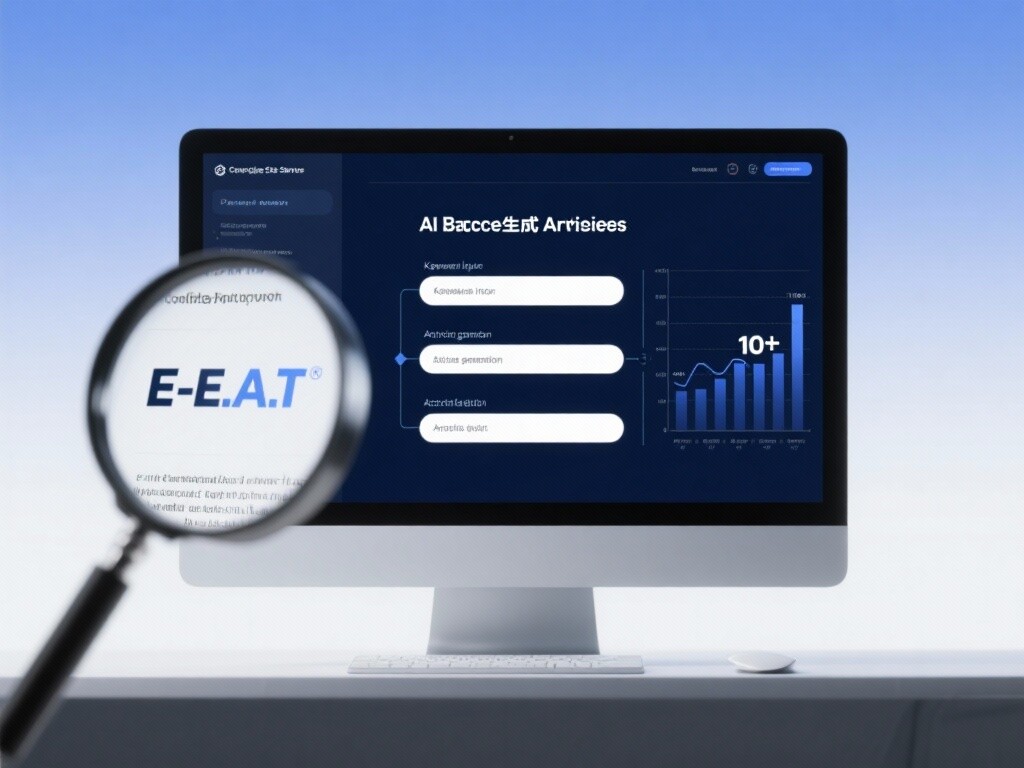
Customer Reviews
Manager Li, European cross-border B2C electronics e-commerce
"We have a huge number of SKUs, and the product descriptions were always very repetitive. Through our professional team's **Prompt Engineering and batch differentiation strategy**, we successfully generated **highly unique and SEO-potential descriptions** for more than 800 products within 2 weeks. What used to take 3 months of manpower can now be scaled up, and **long-tail traffic has increased by 120%**."
Mr. Zhou, North American Industrial-Grade SaaS Platform
"We were concerned about the lack of professionalism in AI-generated content. By introducing **RAG technology**, which allows AI to cite our **real technical white papers and patent data** when generating articles, the articles generated in batches exhibit a high degree of professionalism. We achieved an **8-fold increase in content production efficiency** without sacrificing EEAT, effectively helping us build an authoritative image in the eyes of our competitors."
 Foreign trade SEO newbie must see: from 0 to 1 to create a high conversion of the independent site of the complete strategyThis article analyzes in detail the core methodology of SEO for foreign trade independent stations, including technical optimization, content strategy, localization adaptation and other key aspects, and provides practical application cases of EYB AI intelligent marketing platform to help industrial and trade enterprises to efficiently develop the international market.
Foreign trade SEO newbie must see: from 0 to 1 to create a high conversion of the independent site of the complete strategyThis article analyzes in detail the core methodology of SEO for foreign trade independent stations, including technical optimization, content strategy, localization adaptation and other key aspects, and provides practical application cases of EYB AI intelligent marketing platform to help industrial and trade enterprises to efficiently develop the international market. New ideas for precise customer acquisition: how SEO + bidding can work together?In-depth analysis of the synergistic value of SEO and bidding advertising, providing a complete guide containing technical solutions, data cases, and implementation paths, especially suitable for decision makers of foreign trade enterprises planning to go overseas.
New ideas for precise customer acquisition: how SEO + bidding can work together?In-depth analysis of the synergistic value of SEO and bidding advertising, providing a complete guide containing technical solutions, data cases, and implementation paths, especially suitable for decision makers of foreign trade enterprises planning to go overseas. Still burning money on Google bids? This foreign trade SEO guide helps you save 50% of your budgetThis article systematically explains how foreign trade enterprises through SEO optimization instead of high-cost Google bidding, covering the construction of independent stations, multi-language localization, AI content generation and other 7 core strategies, and combined with the actual cases of EYB intelligent marketing platform, to provide a landable implementation plan.
Still burning money on Google bids? This foreign trade SEO guide helps you save 50% of your budgetThis article systematically explains how foreign trade enterprises through SEO optimization instead of high-cost Google bidding, covering the construction of independent stations, multi-language localization, AI content generation and other 7 core strategies, and combined with the actual cases of EYB intelligent marketing platform, to provide a landable implementation plan. Easy Operate Multi-Language SEO Tool Launched to Help Companies Effortlessly Achieve Website LocalizationEasy Operate Multi-Language SEO Tool Launched, Utilizing AI Technology and Global Server Acceleration to Help Companies Achieve Website Localization, Improve SEO Performance, and Precisely Acquire Global Customers.
Easy Operate Multi-Language SEO Tool Launched to Help Companies Effortlessly Achieve Website LocalizationEasy Operate Multi-Language SEO Tool Launched, Utilizing AI Technology and Global Server Acceleration to Help Companies Achieve Website Localization, Improve SEO Performance, and Precisely Acquire Global Customers.

